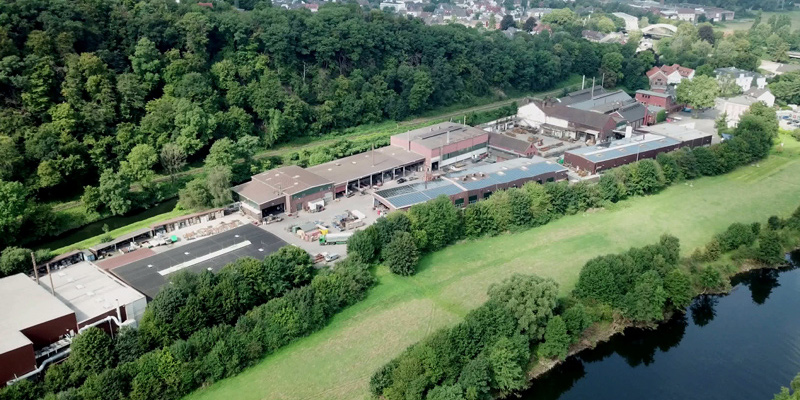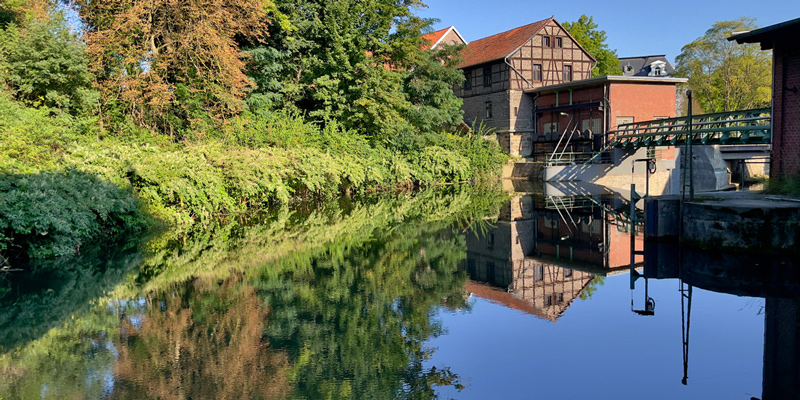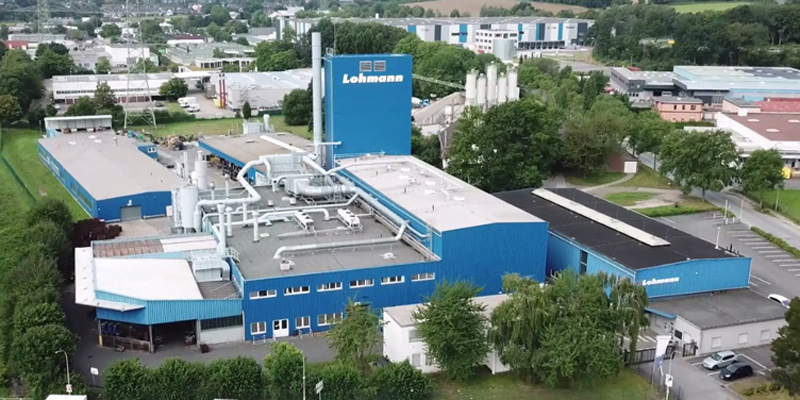- Company
- Products
- Careers
- Environment
- News
- Downloads
- Contact

FAQ on Climate Neutrality
Questions and answers on the topic of climate neutrality
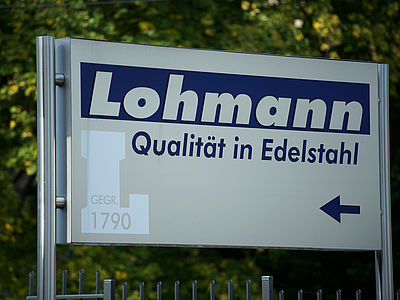
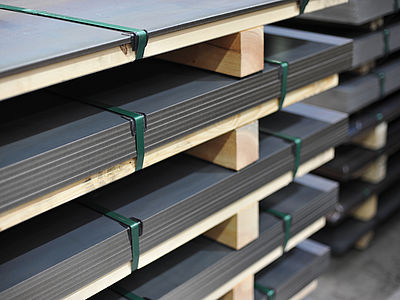
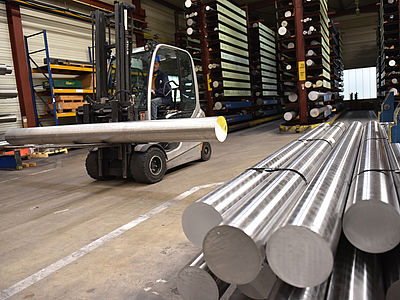
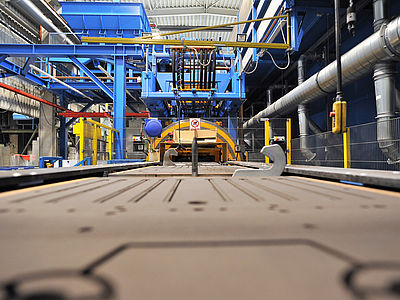
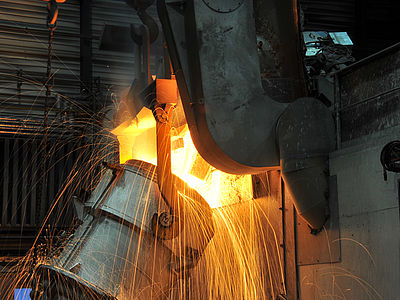
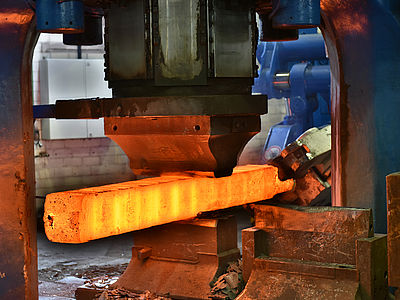
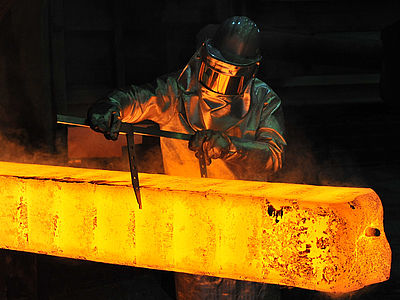
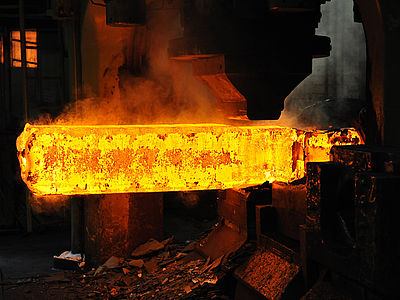
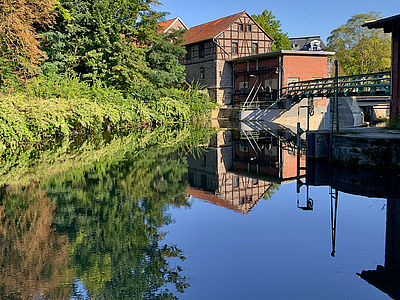
Why is Lohmann pursuing the goal of CO2-neutral production?
Climate protection will probably be one of the most important and greatest challenges of our time. We want to take a proactive approach to these challenges and set an example.
How much have the measures already created in savings?
Which measures has Lohmann already implemented?
Our own hydroelectric power plant, which produces about 4.5 million kWh of climate-neutral electricity annually, is an important cornerstone of our energy-saving measures. In addition, we generate around 200,000 kWh of power from our own photovoltaic system.
We have also achieved additional savings through investments in energy and resource efficiency. Examples of such investments include:
Investment in a VOD ladle degassing system with a volume saving of 560 tons of CO2 per year. Construction of a new induction melting furnace with a potential CO2 savings of about 80 tons of CO2 per year. Investment in a “Modular production line for the energy-efficient and resource-saving production of steel castings (Modulcast)” with a total potential savings of about 563 tons of CO2 per year. Furthermore, all production halls owned by the Lohmann company were converted to LED lighting with a total potential savings of about 380 tons of CO2 per year. In addition, we have made numerous investments in the area of energy efficiency and the systematic use of the process heat generated. In total, emissions of over 4000 tons of CO2 per year were either avoided or saved.
Is production at Lohmann already CO2-neutral?
Yes. The foundry (Annen Plant) has been a climate-neutral production facility since 2020. However, we have to compensate for our unavoidable emissions.
What does this mean for customers of the Lohmann stainless steel foundry?
All products of the stainless steel foundry are therefore CO2-neutral and can be rated with an emission factor of 0 kg CO2e/kg.
Which scopes were taken into account?
The GHG balance (CO2 balance) of the Friedr. Lohmann GmbH takes all three GHG Protocol scopes into account.
Which emissions of Lohmann fall under Scope 1?
Scope 1 includes direct emissions, for example those arising from the use of fossil energy sources. At Lohmann, these emissions arise primarily through the use of natural gas and gasoline or diesel in company vehicles. In addition, there are emissions arising from small quantities of process gases.
Which emissions of Lohmann fall under Scope 2?
Scope 2 includes purchased or acquired energy. At Lohmann, this only applies to electricity, which we generate for our foundry in a climate-neutral manner using our own hydroelectric power plant and photovoltaic system. For this reason, there are no Scope 2 emissions at Lohmann. The footprint for the construction of the plants is taken into account in Scope 3.
To what extent and to at what scale were Scope 3 emissions considered?
Scope 3 includes indirect emissions from upstream and downstream processes. The Scope 3 emissions were evaluated using the “cradle to gate” approach.
Scope 3 includes a large number of emissions from upstream and downstream processes. Exactly which types of processes are these at Lohmann?
The upstream processes are especially important and were taken into account accordingly. The goods and services purchased were fully documented and evaluated. Capital goods such as investments were valued and depreciated according to the imputed depreciation with the corresponding CO2 footprint. Fuels and purchased or acquired energy, insofar as these do not fall under Scope 1, have also been taken into account. Employee commuting to the workplace was documented down to the kilometer and evaluated. Upstream transportation, for example of raw materials and supplies, was also documented and evaluated wherever such transport was the responsibility of Lohmann. The waste produced was also documented and evaluated. Furthermore, business travel by air or car, including business travel by our independent sales representatives, was documented and evaluated. Rental and leasing rates were also documented. In the downstream processes included in Scope 3, all items required for the transport and distribution of our products to our customers’ factory gates, whenever the transport was initiated by Lohmann, were documented.
The Friedrich Lohmann GmbH consists of two plants. To what extent are the climate strategy and climate targets implemented?
The climate strategy and climate targets are implemented consistently at both plants. There is also a climate footprint report and an action plan available for both plants. However, the unavoidable emissions are only offset for the foundry (Annen Plant).
Are both sites climate-neutral production facilities?
No, only the foundry (Annen Plant) is currently a climate-neutral production facility. We try to avoid or at least reduce emissions as far as possible. The unavoidable emissions are compensated. We currently only compensate for emissions from the foundry. This means that the foundry’s production is climate-neutral. However, the steel mill (Herbede Plant) is not.
Why is only the foundry (Annen Plant) a climate-neutral facility?
Energy efficiency and environmental protection have always been a top priority at Lohmann. Through climate-neutral production in our foundry, we want to lead the way and set an example. The foundry is the pilot project, but it has also pushed us to the limits of what is feasible in terms of manpower and costs. The steel mill (Herbede Plant) will follow in the future.
What is Lohmann’s position on compensation for emissions?
We would like to emphasize that compensation from the perspective of the global climate is only the ultimate consequence and should be preceded by appropriate efforts. All production processes should be as emission-free as possible, and only the remaining emissions should be compensated.
How is compensation provided?
As a general principle, we only work with certified partners. We ensure to the greatest extent possible for us that the compensation measures are implemented properly, sensibly, and sustainably. We currently work with the “Prima Klima e.V.” and compensate for our unavoidable emissions through a reforestation project in Uganda.
How many trees need to be planted as compensation?
The estimation of the absorption capacity of a tree is only a rough average value in any case. As a general rule of thumb, one can say that a tree in Germany absorbs an average of 10 kg of CO2 per year. For projects near the equator, this value is higher because the trees can grow all year due to a year-round growing season, which means their growth is not slowed down in winter as is the case here in Germany.
We take a transparent approach to our climate policy and our climate targets and are therefore happy to let you look at our documents and GHG balances. We would be happy to answer any further questions you may have.
Climate and environmental protection have always played an important role at our company.
